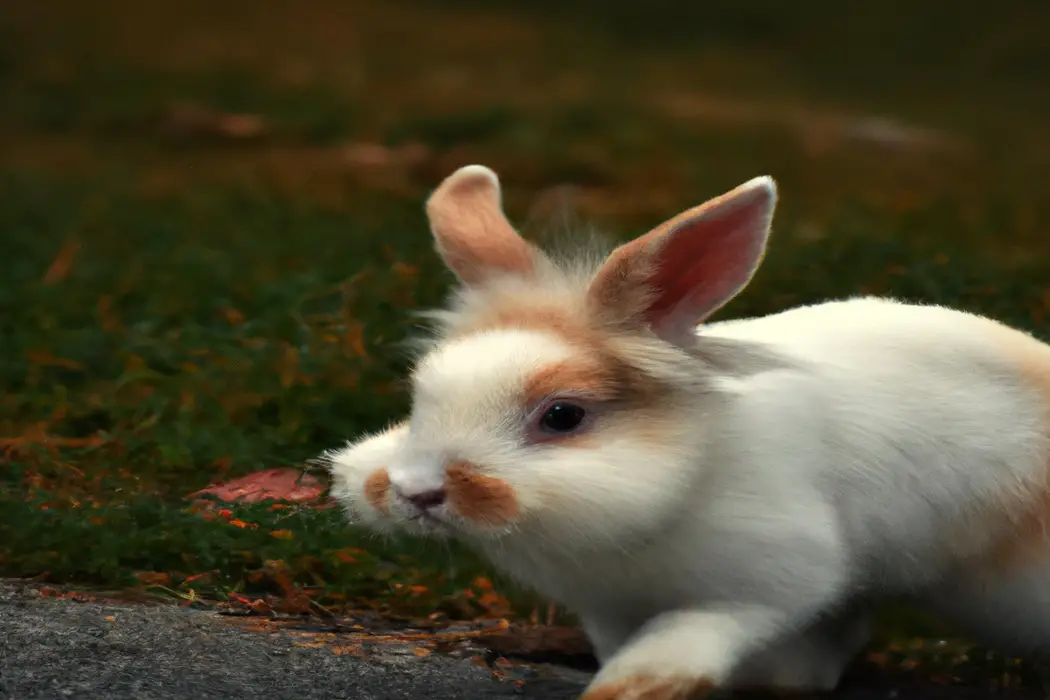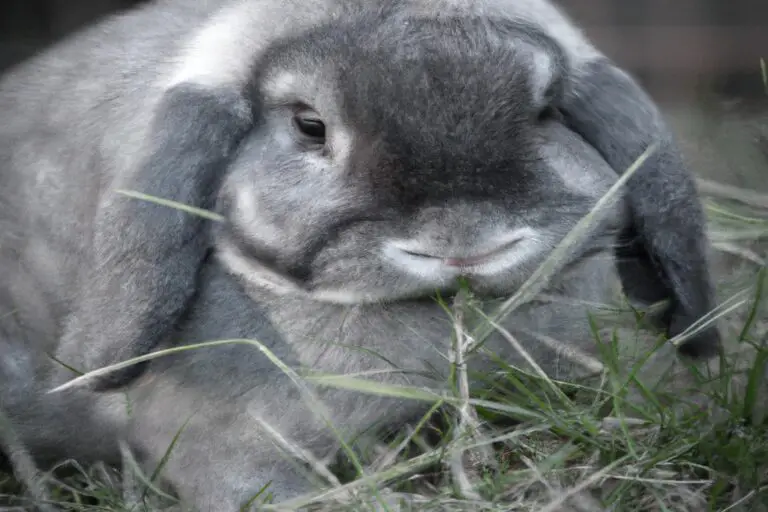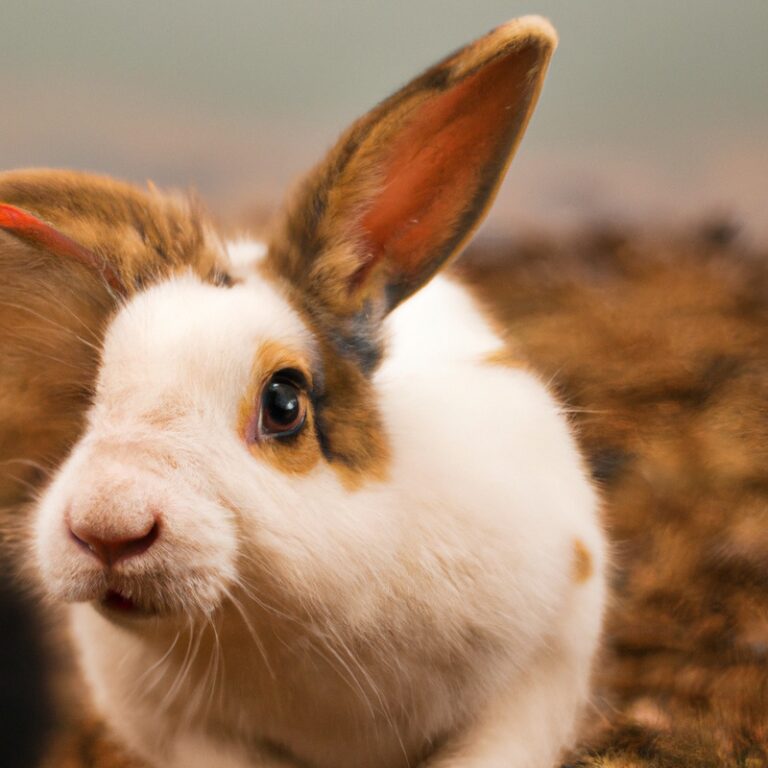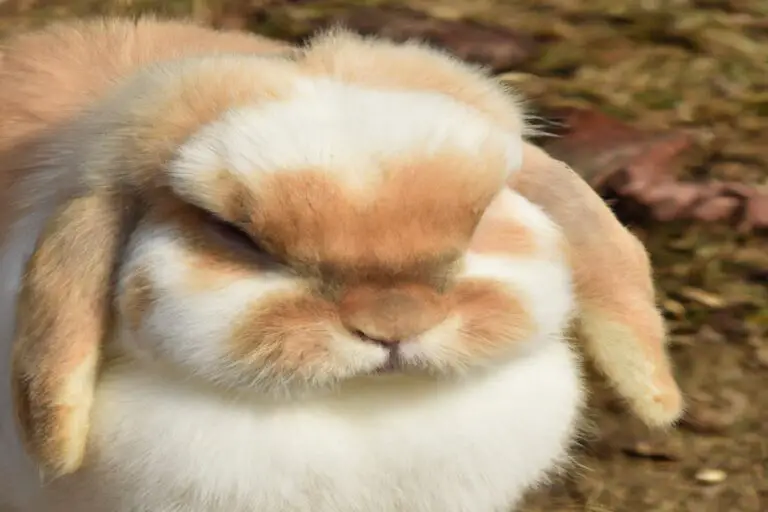A Small Relative Of a Rabbit – The Cutest Companion!
Key Takeaways:
- 4) Bunnies make popular pets due to their playful and affectionate nature.
Hey there! Are you curious about those adorable little creatures that resemble rabbits? Well, get ready to dive into the fascinating world of small relatives of rabbits! These pint-sized wonders may look like their larger counterparts, but they have some unique characteristics that set them apart.
From their size and appearance to their habitats and behavior, there’s so much to discover.
And hey, ever wondered what threatens them and how we can protect them? Stick around as we explore the secrets of these cute yet resilient creatures.
Trust me, you’ll be hopping with excitement!
| Topic: A Small Relative of a Rabbit | ||
| Characteristics | Rabbit | Hare |
|---|---|---|
| Weighs | 2-11 pounds | 6-14 pounds |
| Size | Small to medium-sized | Medium to large-sized |
| Speed | Average of 28 mph | Average of 45 mph |
| Lifespan | Average of 9 years | Average of 5-6 years |
Characteristics of small relatives of rabbits
Small relatives of rabbits have unique features and vary in size and appearance.
Size and appearance of small relatives of rabbits
Small relatives of rabbits have a similar appearance to rabbits but are generally smaller in size.
They can vary in size, ranging from around 6 inches to 1 foot in length.
These adorable creatures have long ears, sharp claws, and a fluffy tail.
They come in a variety of colors, including brown, gray, and white.
Their overall appearance is quite similar to rabbits, but on a smaller scale.
Unique features of small relatives of rabbits
Small relatives of rabbits, such as hares and pikas, possess unique features that set them apart. These animals have strong hind legs, allowing them to leap and run quickly to escape from predators.
They also have large, sensitive ears that help them detect any approaching danger.
Another interesting feature is their ability to dig burrows, which provide them with shelter and protection. Additionally, their teeth continuously grow, enabling them to chew on tough vegetation.
These distinctive characteristics contribute to their survival in their natural habitats.

Different types of small relatives of rabbits
Some small relatives of rabbits include cottontail rabbits, European rabbits, and various hare species.
Cottontail rabbits
Cottontail rabbits are a type of small rabbit that are found throughout North and South America.
They are named for their fluffy white tails, which resemble a cotton ball.
Cottontails are generally small in size, reaching a length of about 14-17 inches.
They have brown or gray fur and large hind legs, which give them the ability to hop quickly to escape predators.
These rabbits are predominantly herbivorous, feeding on grasses, leaves, and vegetables.
Cottontail rabbits are known for their rapid reproduction, as they can have multiple litters in a year.
They are primarily nocturnal, which means they are most active during the evening and night.
Cottontails are adaptable animals that can live in a variety of habitats, including forests, meadows, and suburban areas.
They are often seen darting across open fields or hiding in brushy areas.
Cottontail rabbits are an important part of the ecosystem, providing food for predators such as foxes, coyotes, and birds of prey.

European rabbits
European rabbits are a common sight across the continent. They belong to the family Leporidae and are known for their fluffy fur and distinctive long ears.
These rabbits are herbivores, primarily consuming vegetation such as grass, leaves, and bark.
They are also known for their ability to dig burrows, where they create intricate tunnel systems for shelter and protection. European rabbits are social animals, often seen in large groups called colonies.
They are adaptable and can be found in various habitats, including grasslands, woodlands, and even urban areas.
These rabbits are prolific breeders and have been introduced to many parts of the world due to their popularity as pets. However, in some regions, they have become invasive species, causing damage to native ecosystems.
Hare species
Hare species refer to different types of hares found in various regions around the world.
Some well-known species include the European hare, Arctic hare, and Snowshoe hare.
These species are known for their fast running speeds and long hind legs, which allow them to quickly evade predators.
Hares are primarily herbivores, feeding on grasses, plants, and sometimes bark.
They generally have a slightly larger body size compared to rabbits and have longer ears and legs.
Their fur coloration varies depending on the species and their habitat.
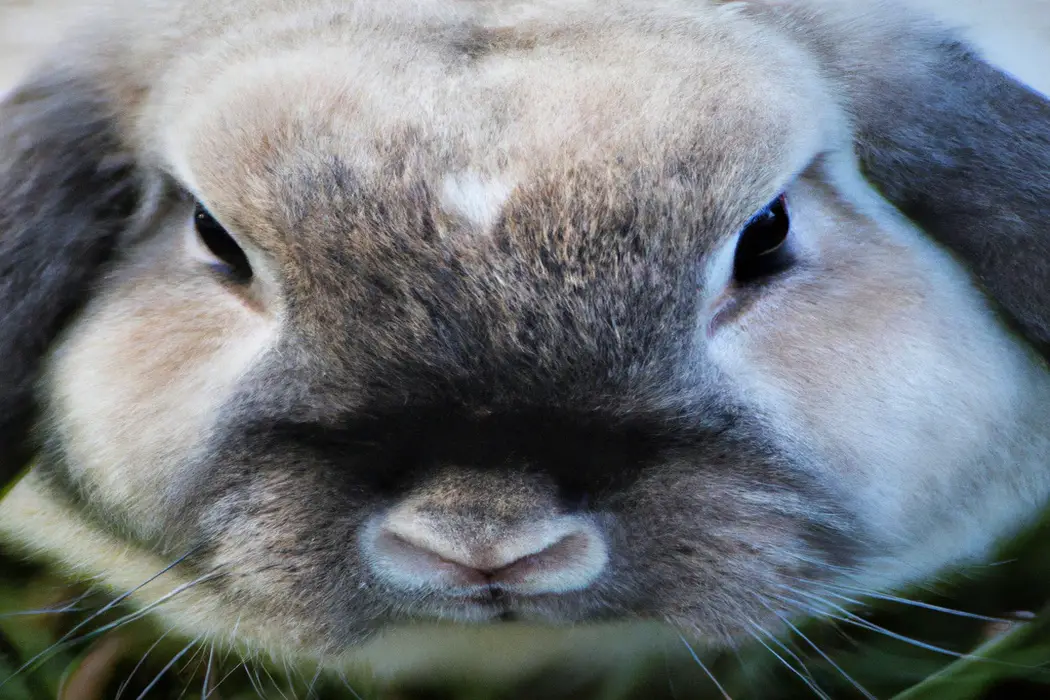
Habitat and distribution of small relatives of rabbits
Small relatives of rabbits inhabit a variety of habitats around the world. They have a wide distribution across different continents.
Habitats of small relatives of rabbits
Small relatives of rabbits, such as pikas and hares, can be found in a variety of habitats.
They are often found in grasslands, meadows, and open fields.
These habitats provide them with ample vegetation for grazing and hiding places for protection.
Some small relatives of rabbits are also found in rocky mountain areas, where they are adapted to navigate steep slopes and find shelter in crevices.
Forested areas, including both coniferous and deciduous forests, are also home to certain species of small relatives of rabbits.
They have adapted to thrive in these diverse habitats and play important roles in maintaining the balance of their ecosystems.
Distribution across the world
Rabbits and their small relatives can be found in various parts of the world. They are distributed across different continents, including Europe, Asia, North America, South America, and Africa.
These small creatures have adapted to different habitats such as forests, grasslands, deserts, and even mountains.
Depending on the species, they may prefer specific types of environments, such as the European rabbit that thrives in open fields or the snowshoe hare that is well-adapted to snowy regions. Overall, rabbits and their relatives have managed to establish a presence in diverse ecosystems worldwide.
Behavior and lifestyle of small relatives of rabbits
Small relatives of rabbits have similar behavior and lifestyle patterns, including feeding habits, reproduction, and social behavior.
Feeding habits of small relatives of rabbits
Small relatives of rabbits, such as hares and pikas, have diverse feeding habits. They mainly consume plant material, including grasses, herbs, leaves, and bark.
Some species also eat twigs, seeds, and fruits.
They have a unique digestive system that allows them to extract maximum nutrition from their food. To supplement their diet, they may occasionally consume insects and other small animals.
These small relatives of rabbits are well adapted to their environment, and their feeding habits play a crucial role in their survival.
Reproduction and social behavior of small relatives of rabbits
Reproduction and social behavior are important aspects of the lives of small relatives of rabbits.
These species reproduce quickly, with short gestation periods and large litters.
They are social animals, living in groups and relying on their strong sense of smell and communication through vocalizations, body language, and scent marking.
Their social structures often include dominant individuals and hierarchies.
They engage in cooperative behaviors for survival, such as communal nesting and grooming.
Predators and threats to small relatives of rabbits
Small relatives of rabbits face threats from natural predators and human-induced dangers.
Natural predators of small relatives of rabbits
The natural predators of small relatives of rabbits include foxes, coyotes, weasels, birds of prey like hawks and owls, and snakes.
These predators are skilled hunters and have adaptations that help them catch their prey.
They rely on their speed, agility, and sharp senses to track and capture small rabbits.
It is important for the small relatives of rabbits to stay alert and use their own instincts to avoid becoming prey.
Human-induced threats to small relatives of rabbits
Human-induced threats to small relatives of rabbits can have a significant impact on their populations.
Some common threats include habitat destruction due to urbanization and agriculture, pollution from chemicals and pesticides, and hunting or trapping for fur and meat.
These activities can disrupt their natural habitats, decrease their food sources, and directly harm or kill them.
It is important to raise awareness about these threats and promote responsible practices to protect these small relatives of rabbits and ensure their survival in the wild.
Conservation efforts for small relatives of rabbits
Conservation projects and organizations are working to protect small relatives of rabbits.
Conservation projects and organizations
Conservation projects and organizations play a vital role in protecting and preserving the habitats of small relatives of rabbits. They work tirelessly to ensure the survival of these species by conducting research, implementing conservation strategies, and educating the public.
These projects and organizations collaborate with governments, local communities, and scientific experts to raise awareness and promote sustainable practices.
By supporting these initiatives, you can contribute to the long-term survival and well-being of these unique and important animals.
Importance of protecting small relatives of rabbits
It is important to protect small relatives of rabbits because they play an integral role in their ecosystems.
These species contribute to biodiversity and help maintain the balance of various plant and animal populations.
Moreover, by safeguarding these rabbits, we also protect their habitats and the diverse range of species that rely on them for survival.
By ensuring the conservation of these small relatives, we promote the overall health and resilience of our natural environments.
Frequently Asked Questions
What is the smallest relative of a rabbit?
The smallest relative of a rabbit is the pygmy rabbit. It is a tiny species that is found in certain regions of North America.
The pygmy rabbit is known for its small size, measuring only about 9-11 inches long and weighing around 10-16 ounces.
Despite its small stature, the pygmy rabbit is a well-adapted creature, with specialized physical characteristics that help it survive in its natural habitat.
Do small relatives of rabbits hibernate?
Yes, small relatives of rabbits, such as hares, do not hibernate. Unlike their larger cousins, hares are active throughout the year, even in the winter months.
They have adapted to the cold weather by growing thicker fur and making use of their powerful hind legs for quick escapes from predators.
So, while some animals may hibernate during the winter, hares prefer to stay active and continue their usual behaviors.
Are small relatives of rabbits considered pests?
Small relatives of rabbits, such as hares, are not generally considered pests. Unlike many pests, they primarily inhabit wild or rural areas and do not commonly invade homes or gardens.
Hares have adapted to their natural environments and play an important role in ecosystems.
While they may occasionally cause minor damage to agricultural crops, their overall impact is minimal and they are not typically a cause for concern for most people.
Final Verdict
Small relatives of rabbits are fascinating creatures with unique characteristics. They come in various sizes and appearances, with distinctive features like long ears and a fluffy tail.
Cottontail rabbits, European rabbits, and hare species are among the different types of small relatives.
These animals can be found in various habitats and have a wide distribution across the world. They exhibit interesting behaviors, such as their feeding habits and reproductive patterns.
While facing threats from predators and human activities, conservation efforts play a crucial role in protecting these small relatives.
By understanding and appreciating these creatures, we can contribute to their conservation and ensure their survival for future generations.

